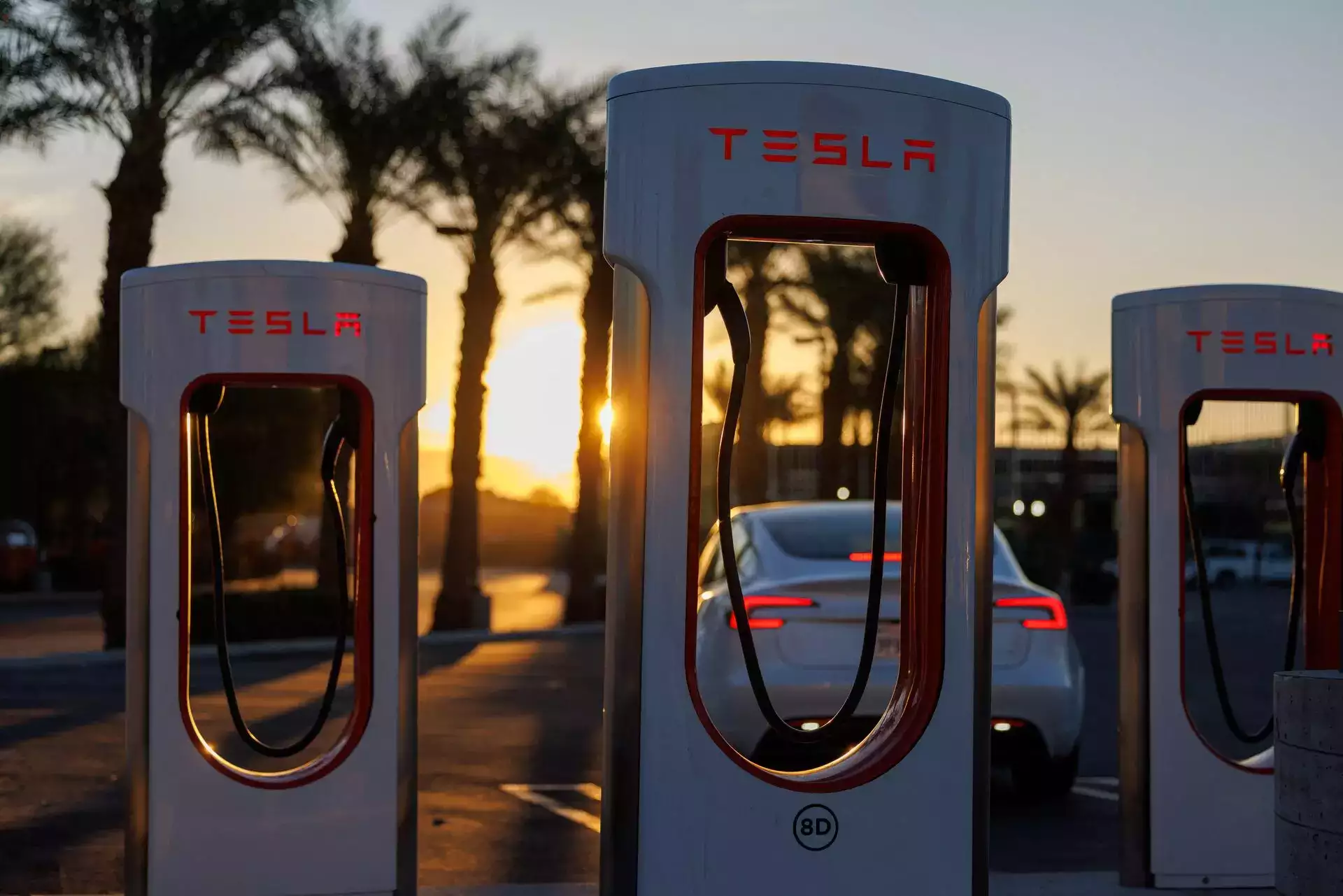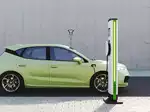Tesla racked up greenhouse emissions credits in 2023 as other automakers lagged

In a report first seen by Reuters, the Environmental Protection Agency said Monday new vehicle fuel economy increased by 1.1 miles (1.8 km) per gallon in 2023, reaching a record high 27.1 mpg (43.6 kpg). The EPA said fleetwide fuel economy is preliminarily projected to rise to 28 mpg (45.1 kpg)in the 2024 model year.
The industry as a whole generated nearly 11 million metric tons, or megagrams, of greenhouse gas emission credit deficits, led by General Motors, which posted a 17.8 million-metric ton deficit.
GM purchased about 44 million credits in 2023, the EPA report said, while Tesla sold about 34 million, the largest of all transactions.
Excluding Tesla, automakers generated a deficit of 43.5 million credits in 2023. By contrast in 2022, the industry earned a total of 3 million credits, led by Tesla's 19.1 million credits.
EPA said the industry still has a total surplus of 123 million metric tons of credits to meet future requirements.
GM also had to forfeit another 49 million metric tons of credits as part of a settlement in July of an EPA investigation that found excess emissions from approximately 5.9 million GM vehicles.
Reuters reported last week that President-elect Donald Trump's incoming administration plans to target federal regulations that aim to make automobiles more fuel-efficient and incentivize a shift toward electric vehicles, citing sources.
In March, the EPA finalized new rules requiring automakers to cut emissions by 49% by 2032 over 2026 levels compared with 56% under the proposal last year after dramatically tightening 2024 through 2026 requirements.
Stellantis had the lowest fuel economy of major automakers, followed by GM and Ford, while Tesla is the most efficient followed by Kia and Hyundai.
Last year, Reuters reported Stellantis and GM had paid a total of USD 363 million in civil penalties for failing to meet U.S. fuel economy requirements.
Horsepower, vehicle weight and size all hit new records in 2023. Sedans and wagons sold fell to just 25% of vehicles sold in 2023, while SUVs rose to 58%.

